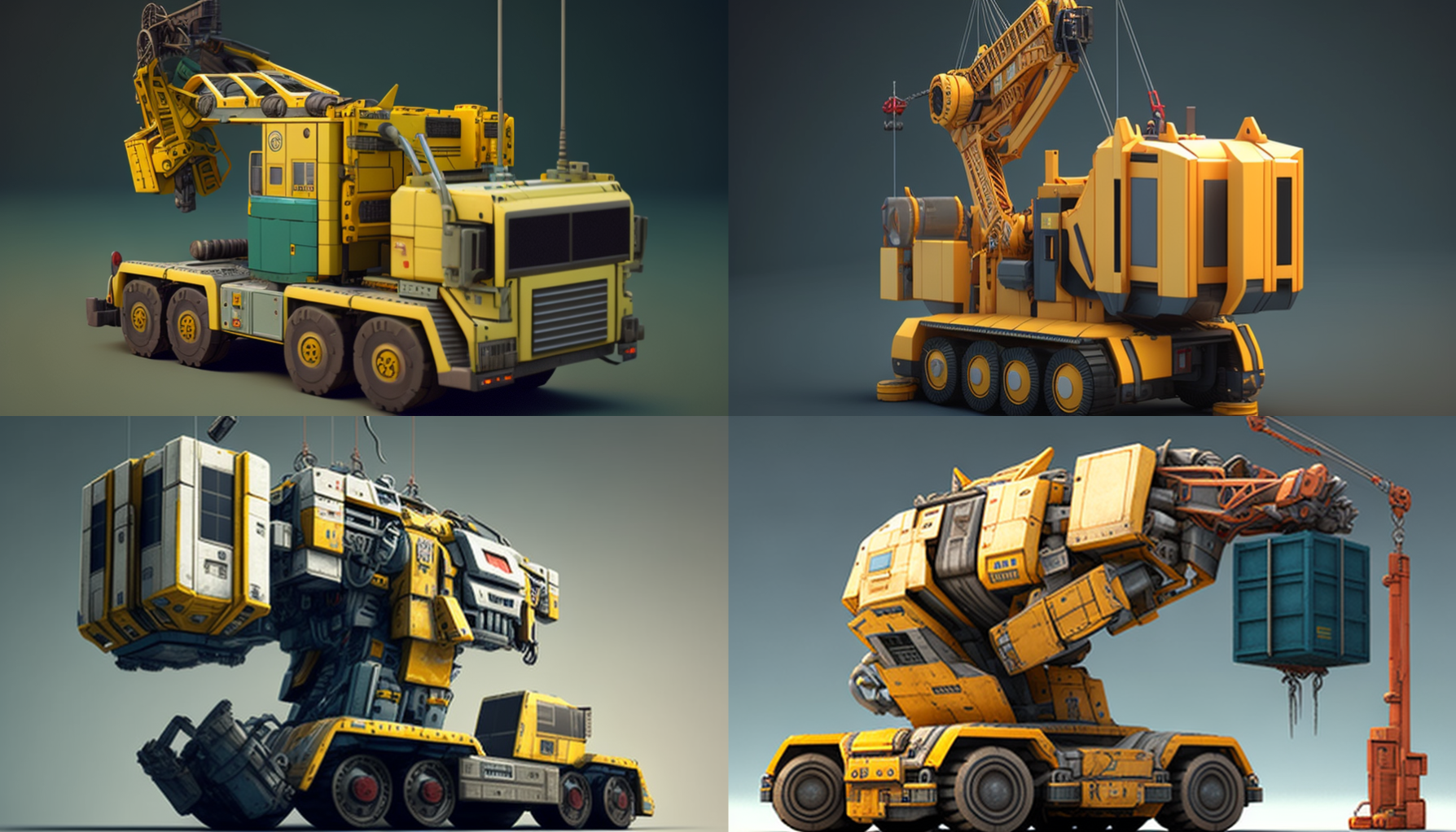Mobile cranes have become an essential piece of equipment in construction projects around the world. These machines are capable of lifting and moving heavy loads, making them indispensable for a wide range of applications, from building skyscrapers to lifting shipping containers at ports. In this article, we will explore the current status of mobile cranes and their future outlook.
Current Status of Mobile Cranes
Mobile cranes come in a variety of sizes and configurations, from small truck-mounted cranes to large crawler cranes that can lift hundreds of tons. In recent years, the demand for mobile cranes has been steadily increasing due to the growth of the construction industry and infrastructure development projects.
One of the key factors driving the growth of the mobile crane market is the increasing demand for renewable energy projects. Wind turbines, in particular, require heavy lifting and transportation equipment to install, making mobile cranes a crucial component of the renewable energy industry. According to a report by ResearchAndMarkets, the global mobile crane market is expected to grow at a CAGR of 5.2% from 2021 to 2026.
Another factor driving the growth of the mobile crane market is the increasing adoption of automation and digitalization technologies. These technologies have made mobile cranes safer and more efficient, with features like remote control operation, real-time monitoring, and predictive maintenance. As the construction industry becomes more digitized, mobile crane manufacturers are likely to continue developing new and innovative technologies to stay competitive.
Future Outlook for Mobile Cranes
The future of mobile cranes looks bright, with new technologies and applications driving demand for these machines. Here are some of the key trends that are likely to shape the mobile crane market in the coming years:
- Electric and Hybrid Cranes - With the increasing demand for sustainable and eco-friendly construction practices, the market for electric and hybrid mobile cranes is expected to grow significantly. Electric cranes are powered by rechargeable batteries, while hybrid cranes combine a diesel engine with an electric motor. These cranes offer several advantages, including reduced emissions, lower fuel costs, and quieter operation.
- Autonomous Operation - Autonomous mobile cranes are being developed that can operate without human intervention. These cranes are equipped with sensors, cameras, and other technologies that allow them to navigate and perform lifting operations automatically. Autonomous cranes have the potential to increase safety, reduce labor costs, and improve efficiency.
- Advanced Analytics and Predictive Maintenance - Mobile crane manufacturers are increasingly incorporating advanced analytics and predictive maintenance technologies into their products. These technologies use real-time data to monitor crane performance, detect potential issues, and perform maintenance proactively. This can help prevent downtime, reduce maintenance costs, and increase equipment lifespan.
- Increased Focus on Safety - Safety has always been a top priority in the mobile crane industry, and this trend is expected to continue in the future. Mobile crane manufacturers are likely to continue developing new safety features and technologies to improve crane operation and reduce the risk of accidents.
Conclusion
Mobile cranes are an essential part of the construction industry and will continue to be in high demand as the world builds more infrastructure and adopts sustainable practices. The future of mobile cranes looks bright, with new technologies and applications driving innovation and growth. As the industry evolves, mobile crane manufacturers will need to stay ahead of the curve by developing new and innovative products that meet the changing needs of their customers.
